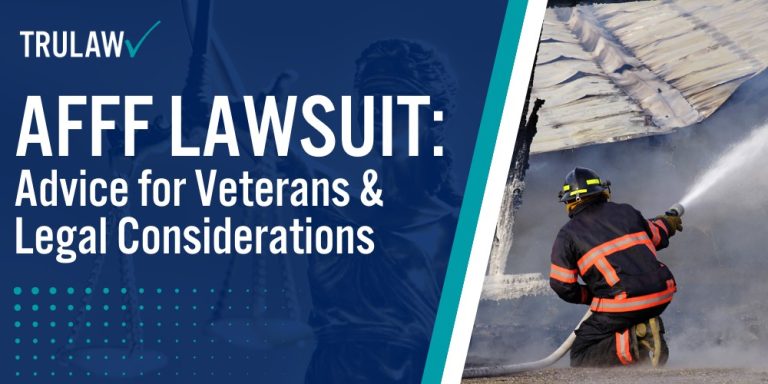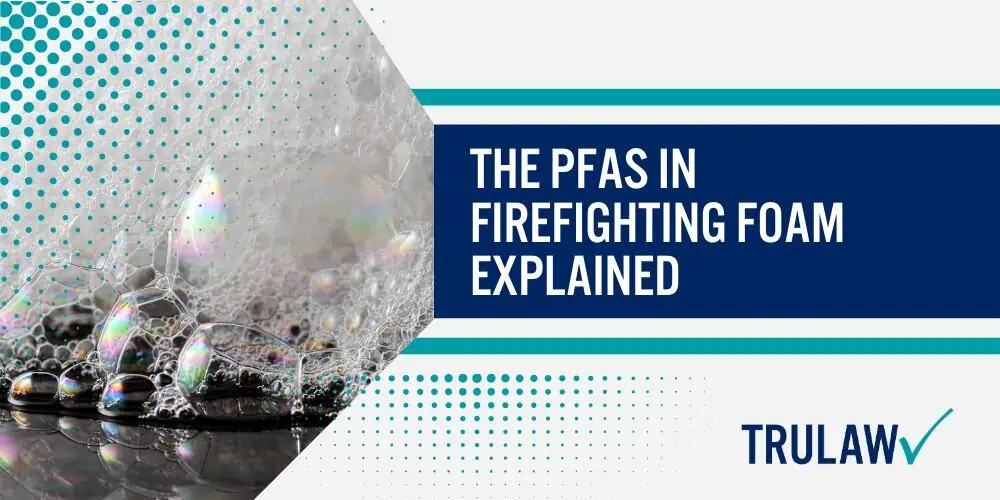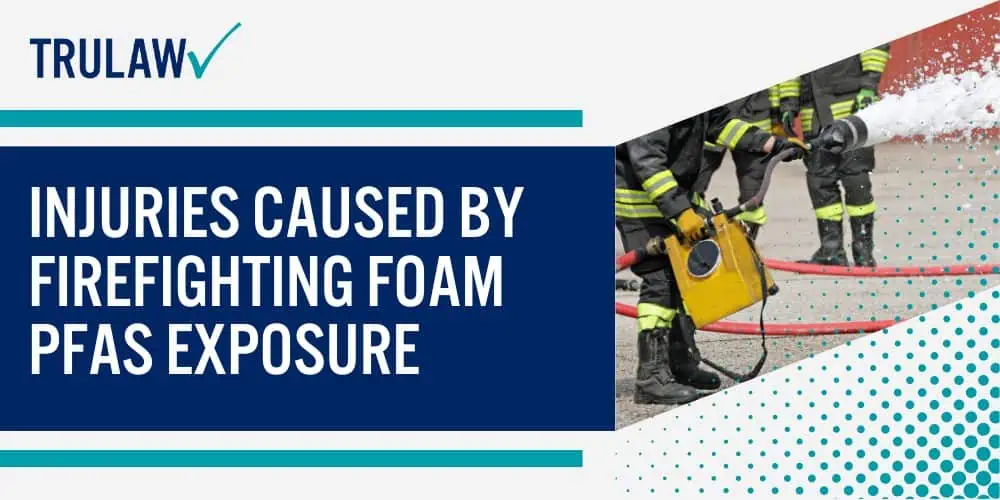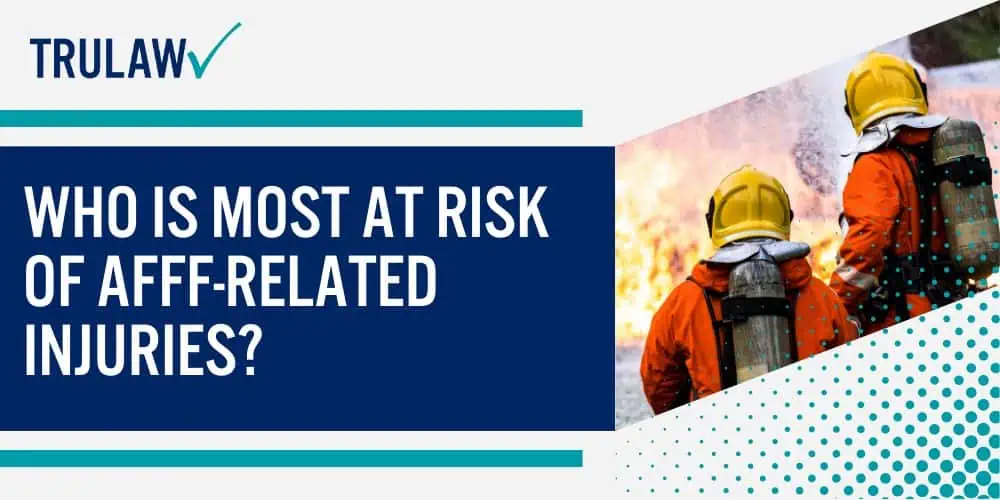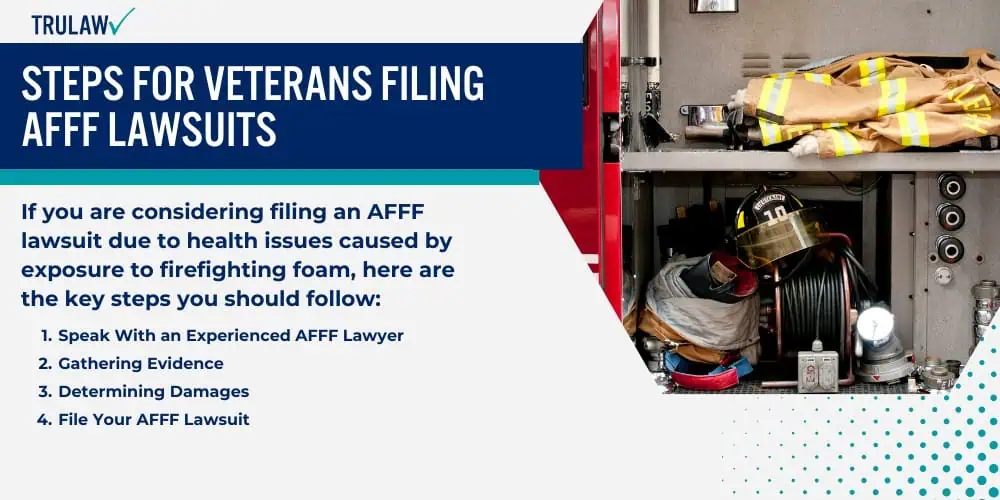Plaintiffs in the AFFF lawsuit are raising serious concerns, arguing that exposure to firefighting foam, especially those containing PFAS, greatly increases the risk of cancer.

But cancer is only one part of the health issues linked to these harmful chemicals.
Numerous health conditions have been connected to PFAS exposure, making this lawsuit about more than just speculation.
Cancers and other health issues associated with these toxic substances include, but are not limited to:
- Bladder cancer
- Breast cancer
- Colorectal cancer
- Endometrial cancer
- Kidney cancer
- Leukemia
- Liver cancer
- Lymphoma
- Mesothelioma
- Multiple Myeloma
- Non-Hodgkin Lymphoma
- Ovarian cancer
- Pancreatic cancer
- Prostate cancer
- Testicular cancer
- Thyroid cancer
- Thyroid disease
- Ulcerative Colitis
- Birth defects and other reproductive issues
- Developmental problems
- Heart disease
- Hormonal imbalances
- Immune system disorders
- Liver damage
- Neuroendocrine tumors
- Reproductive issues
- Skin and eye irritation
- Other health complications
The extensive range of health complications tied to these chemicals highlights the severity of the issue and the basis for legal action.
Firefighters, who routinely use these foams to extinguish class B fires, such as those involving flammable liquids, are at particular risk.
These courageous individuals, who put their lives on the line to save others, now face a new, hidden threat — one that can’t be extinguished by the very foam they’ve relied on for protection.
The firefighting foam lawsuits are their battle for justice, confronting a danger that was masked as a lifesaving tool.
Additional Health Injuries Linked to AFFF Exposure
In addition to cancer, AFFF exposure has been linked to a range of other serious health conditions.
Reproductive issues, in addition to kidney, thyroid, and testicular cancers are just a few of the complications associated with exposure to these hazardous firefighting foams.
The broad scope of health risks underscores the serious impact on firefighters and others who may have been exposed.
It’s not just firefighters who are affected.
Military personnel, individuals living near fire training facilities, and communities near production sites for these foams also face potential exposure.
The widespread nature of the risk means the lawsuit is not just about securing compensation for those harmed, but also about preventing further exposure and protecting future generations from these toxic chemicals.
